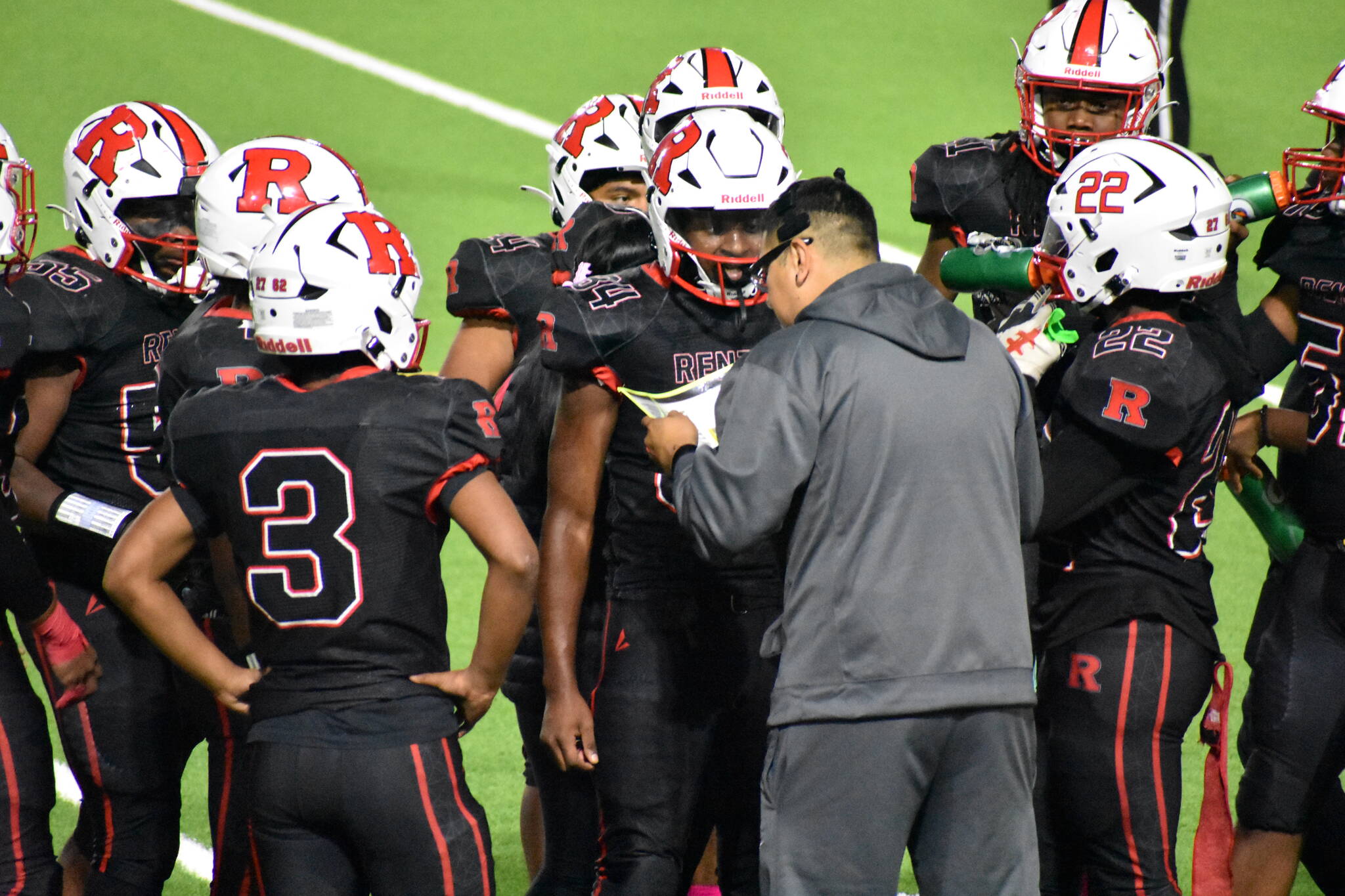If you saw RPI = (40% x WP) + (40% x OWP) + (20% x OOWP), it may seem like a math equation gone wrong.
But this formula actually helps decide the state tournament seedings of every team sport in Washington.
RPI stands for Rating Percentage Index. Since 2017, it has helped the Washington Interscholastic Activities Association (WIAA) rank teams in the state, similar to the college football playoff or AP poll.
RPI gives players, fans and coaches an analytical way to view how their team measures up against competitors statewide.
Back in 2017, RPI was introduced in the state, but it only applied to basketball. Now, the process is entering its second season applying to all team sports.
The RPI is not limited to just the upper echelon of teams. Any player from any school who plays a team sport can see where their team compares to other schools in the state. The index can also be sorted by any of the determining factors — win percentage, opponents win percentage, and opponents opponent win percentage. There is also an “S.O.S. tab,” which refers to strength of schedule.
The RPI has looked at many schools in the South Sound with favor — 11 teams from eight different schools are inside the top 24 in three sports. Kentwood High School football has the third toughest schedule, according to RPI, and with that schedule, the team is 1-5, putting them at No. 31 in the RPI rankings at the 4A level.
There are some oddities when it comes to this rating system, which is why it is being used as a tool and not as the deciding factor.
Kentridge has a 1-3 conference record so far this season, but a 4-3 record overall and sits in sixth place in the NPSL. This is significant because, based on RPI, Kentridge is ranked No. 23 in the state. But Kentridge is still inside the top 25, while Kentwood is behind three teams who are outside the top 30 teams in the standings.
Occurrences like this are where Casey Johnson, the director of communication for WIAA, shows that RPI is not the only factor for postseason seedings.
“The RPI gives information that the committee uses, which they factor into their research that they’ve done. They use the eye test for the human element. They factor all that in, and then come out with a final seeding, which is what makes the bracket,” he said.
The RPI seeding committee is composed of all volunteers ranging from coaches to athletic directors across the state.
“We really want representation from every league. Because that league at the end of the day will be able to use that person to gain insight into how the committee went about seeding,” Johnson said. “And that person can represent those extenuating circumstances about injuries or just the way a team is hot at the end of the year.”
Historically, there has never been a seeding system as widespread as the RPI system.
“It provides a way for people to engage where they stand … or how they fit in across the state, which hasn’t really existed before. It gives fans, parents and players insight into where their team is. I think it adds some intrigue, which is good for all sports,” Johnson said.
When the RPI was instituted, there was worry from the WIAA that if just the RPI was the determining factor for state tournament seeding, teams would abandon their crosstown rivalry to play a higher-ranked team to increase their ranking by competing against teams with a higher win percentage.
Because of the seeding committee, Johnson said he believes that those rivalry games will still be played.
“I think with the seeding committee being in place, it protects that,” he said.
The end goal for the RPI is to assist the committee in having the best teams play the best teams. There is also the mindset that any state athletic association wants to “find more interesting match-ups and crown a ‘true state champion,’” Johnson said.


